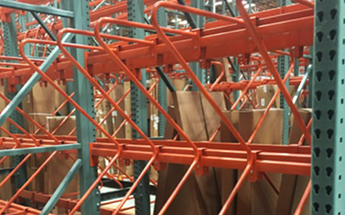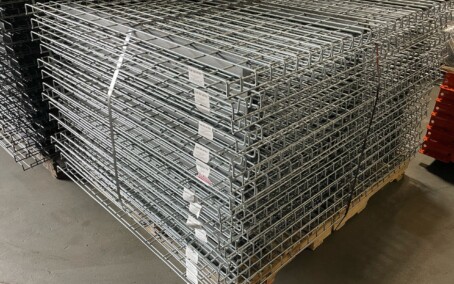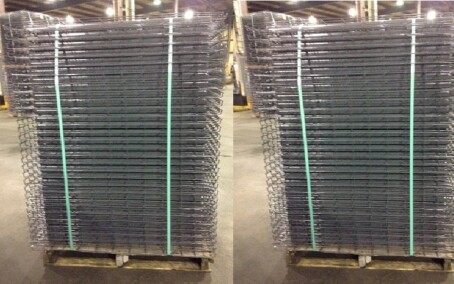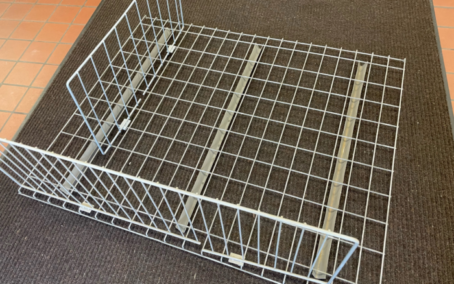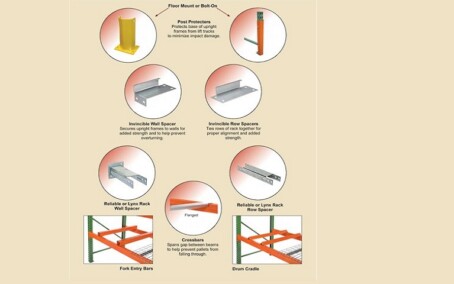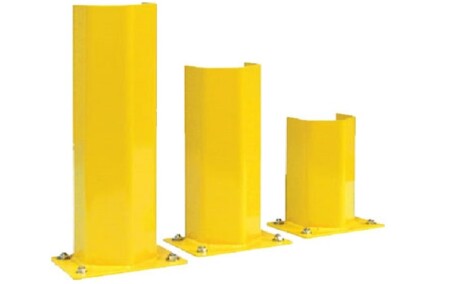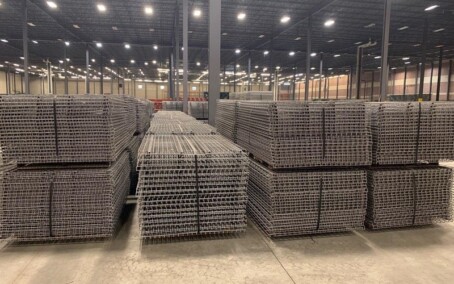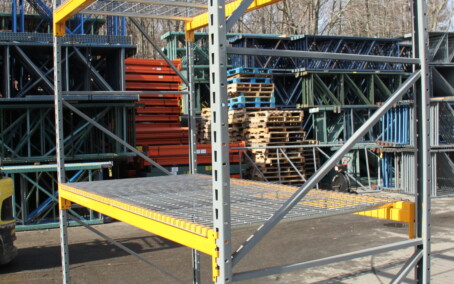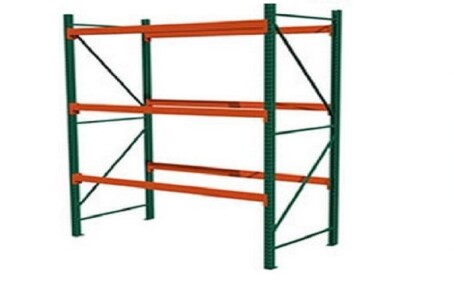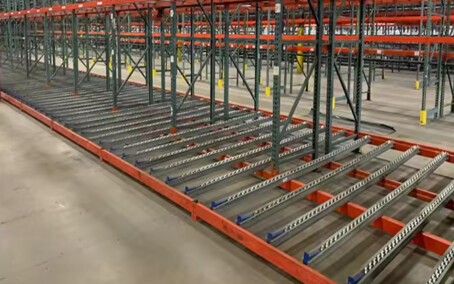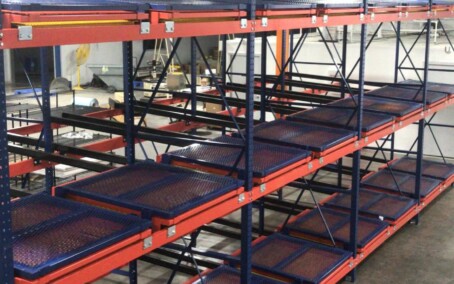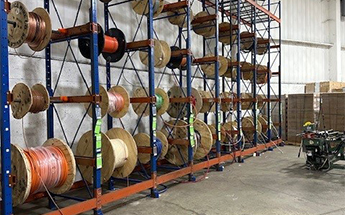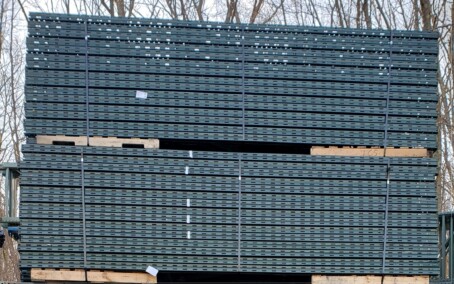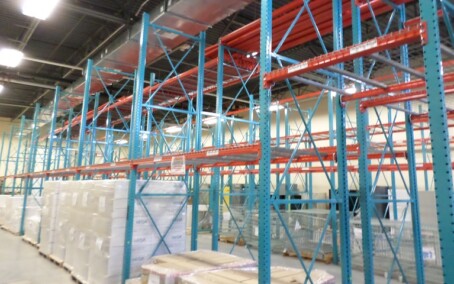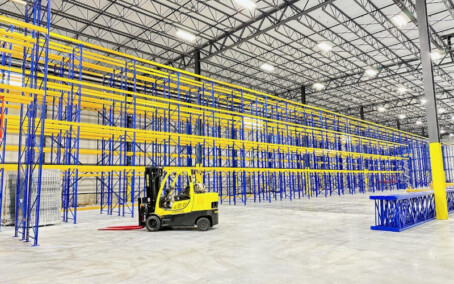Durable Protection for Your Facility
Warehouse floor angle is an essential product designed to provide robust protection for the lower sections of your facility, helping to safeguard both equipment and inventory. Made from durable steel, floor angles are installed at the ground level to create a protective barrier that shields your warehouse’s flooring, machinery, and valuable goods from damage. These angles, often used in conjunction with floor rails, ensure that your warehouse operates more efficiently and remains in top condition over time.
What Is Warehouse Floor Angle?
A warehouse floor angle is a sturdy, L-shaped metal guard that is typically installed along the bottom edges of walls, racking systems, and other critical areas within the warehouse. This product acts as a protective barrier against impacts from forklifts, pallet jacks, and other warehouse machinery that frequently come into contact with the floor. The floor angle is often made from high-strength steel or other tough materials to withstand the daily wear and tear that occurs in busy environments.
Warehouse floor angles help prevent direct damage to the floor or racking systems, extending the lifespan of both the infrastructure and equipment. When paired with floor rails, these angles contribute to the overall durability and safety of the warehouse layout, offering both physical protection and improved organization for the flow of goods.
Benefits of Warehouse Floor Angle
1. Enhanced Protection for Equipment and Inventory: The primary benefit of warehouse floor angles is their ability to protect machinery, equipment, and inventory. By acting as a buffer between moving equipment and the warehouse floor or walls, floor angles prevent costly damage to both the floor surface and surrounding structures. This protective feature ensures that your valuable inventory and machines remain secure and undamaged, reducing repair or replacement costs.
2. Durable and Long-Lasting: Warehouse floor angles are designed to endure heavy impacts and constant use in high-traffic areas. Constructed from robust materials such as steel, these angles are built to withstand the rigors of a busy warehouse environment. Whether exposed to the force of a forklift or constant foot traffic, warehouse floor angles maintain their integrity over time, offering long-term protection without the need for frequent replacements.
3. Improved Safety: A properly installed warehouse floor angle provides a barrier that helps prevent accidents and injuries. When floor rails or machinery come into contact with walls or shelving units, the floor angle absorbs the impact, reducing the chances of damage or accidental breakage. This helps maintain a safer environment for employees, particularly in high-traffic areas where forklifts and pallet jacks are commonly used.
4. Easy Installation and Maintenance: Warehouse floor angles are designed for straightforward installation, making them a hassle-free addition to any facility. They can be quickly attached to walls, racking systems, or other critical areas to create an immediate protective barrier. Once installed, they require little maintenance and offer a cost-effective way to extend the life of your warehouse infrastructure.
5. Versatile Use: Warehouse floor angles can be installed in various locations, from around the base of shelving units to along loading docks or walls. Their versatility allows them to be used in a wide range of applications, making them an essential product for any warehouse, distribution center, or manufacturing facility. Whether you’re protecting high-traffic aisles, machinery, or storage areas, warehouse floor angles provide a flexible solution for ensuring long-lasting protection.
Applications of Warehouse Floor Angle
Warehouse floor angles are ideal for facilities with frequent forklift use, high levels of traffic, or large amounts of stored inventory. They are commonly used around shelving units, pallet racking, and along the perimeter of loading docks to protect against collisions and impacts. By incorporating these floor angles into the layout of your facility, you can significantly reduce the risk of costly damage to your warehouse’s infrastructure, products, and equipment.
In conclusion, warehouse floor angles are a critical investment for any business looking to enhance the durability and safety of their warehouse. These versatile, heavy-duty guards provide essential protection against damage, improve safety for employees, and extend the life of your facility’s infrastructure. By installing floor angles throughout your warehouse, you can maintain a safer, more efficient environment while minimizing the costs associated with repairs or replacements.




